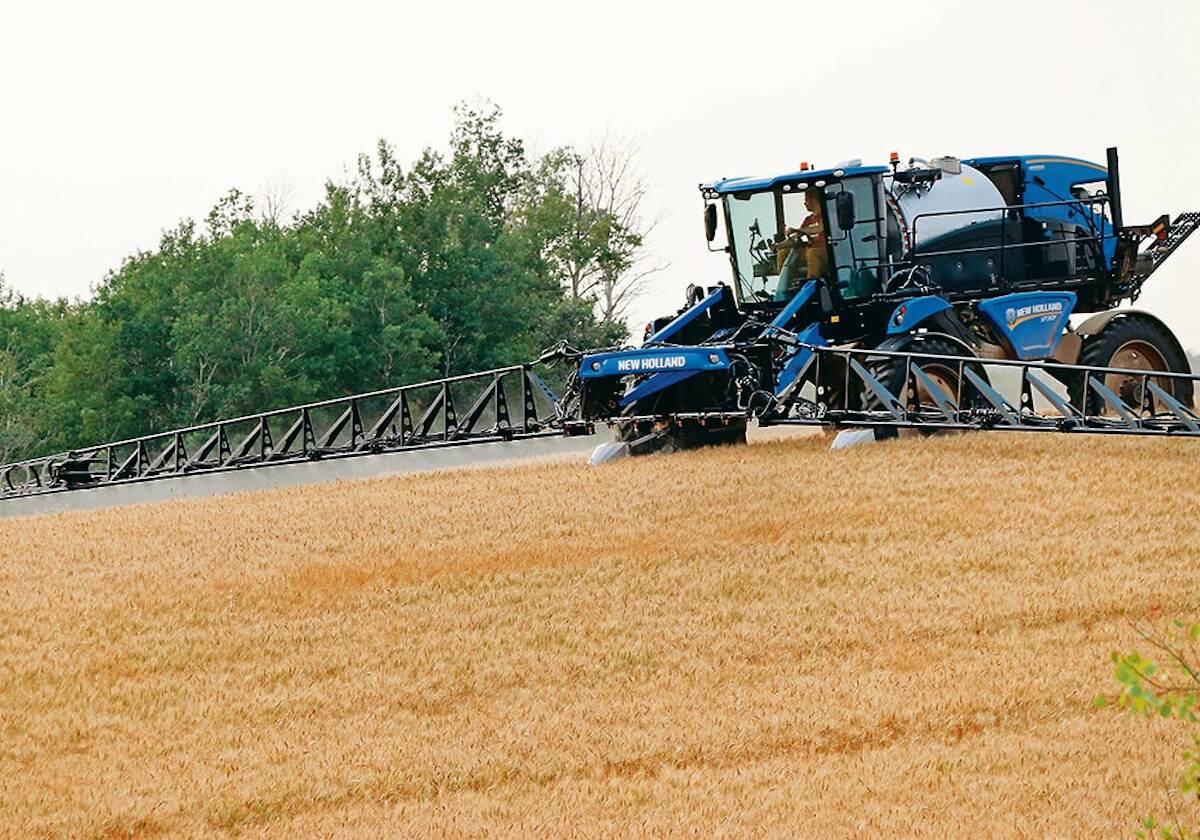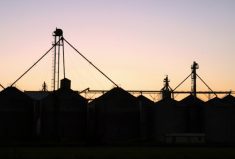It’s been a long road towards merger for Manitoba commodity groups.
Over the past three years groups have opted in and out of the process and at times it’s seemed like little or nothing was happening.
But in truth that’s just been the long, slow process of trying to bring independent entities together into one cohesive group.
Read Also

Farming still has digital walls to scale
Canadian farms still face the same obstacles to adopting digital agriculture technology, despite the years industry and policy makers have had to break them down.
On the surface the plan makes a lot of sense. Crops aren’t grown in a vacuum. They’re grown in a rotation. That means the vast majority of producers growing one of the crops in question likely grows others too. According to the website promoting the merger, that overlap affects 80 per cent of the producers who are members of the groups.
While there are some differences in interest, many of these interests are the same from commodity to commodity. Resistant weeds, for example, don’t much care if they’re in a field of wheat or corn. Much of the agronomy research will transfer from crop to crop and proponents argue it can be done more efficiently.
Another powerful argument in favour is the reality that administration has a cost that can be measured in both time and money. Here the proponents make the case for merger as a pocketbook issue. One organization, they point out, would require one annual audit, a single bank account, one annual general meeting and a single payroll.
Money saved here on overhead, they point out, can be better spent on “… research, market development, communication initiatives and serving our farmer members.”
They also point out that it will allow for a better way to staff the resulting organization. Small organizations require Jacks and Jills of all trades, whereas a larger group allows the development of specialized skills that will mean more and better research and market development efforts. That in turn will mean a better return on these checkoff dollars.
Those opposed to the merger mainly seem concerned with the issue of what happens to the smaller commodities under a larger umbrella. They wonder if a smaller-acreage crop, such as sunflowers or winter cereals, would get short shrift, as resources were funnelled to larger-volume crops.
Those shepherding the merger along have heard those concerns and responded with a delegate-like structure that would see “crop committees” guiding efforts for those commodities, and then a subset of members of each committee would form the board of directors of the merged group.
The structure would have the added benefit of addressing concerns over director workload, which many fretted would be too heavy for a group of the proposed size, especially since the directors are also running farms.
Whether or not this amended proposal meets the concerns of those opposed to the merger remains to be seen, but it does on the face of it seem like a good-faith effort.
It’s impossible to say whether an undertaking such as this merger will be successful before the fact. With any undertaking this complex there will no doubt be unexpected challenges and unintended consequences. But it is possible to look at one nearby experience and say success is at least possible and there’s an example to prove it.
Back in 2004 grain grower groups in Ontario were grappling with a similar challenge, causing three of them — the Ontario Corn Producers’ Association, Ontario Soybean Growers and the Ontario Wheat Producers’ Marketing Board — to pass resolutions at their annual meetings to explore the option of merging.
In the fall of 2008 the members of these groups voted on the merger, and the proposal earned a 72 per cent majority amongst the farmers who voted. The resulting organization, the Grain Farmers of Ontario, is now that province’s largest farm commodity group.
The following year they hired a familiar name to Manitoba farmers to guide the process. Barry Senft had been chief commissioner of the Canadian Grain Commission, and he’s been at the helm of GFO ever since.
Certainly during the intervening years the GFO has seen its ups and downs, as would any organization of its kind, but the question of success is probably summed up by a recent addition to the roster.
In 2010 the Oat and Barley Council of Ontario shut down due to lack of funding to fund its activities. That left those growers without a formal body to leverage funding for market development and research activities for those crops.
In 2013 members of the defunct group met with the Ontario government body that governs such organizations, with a request to be added to the GFO. A month later a meeting was held to develop an agreement in principle that was presented to the GFO, whose board of directors approved it and oat and barley growers joined GFO formally in 2015.
If people are coming into the tent, rather than scheming to escape it, that probably amounts to an endorsement.



















